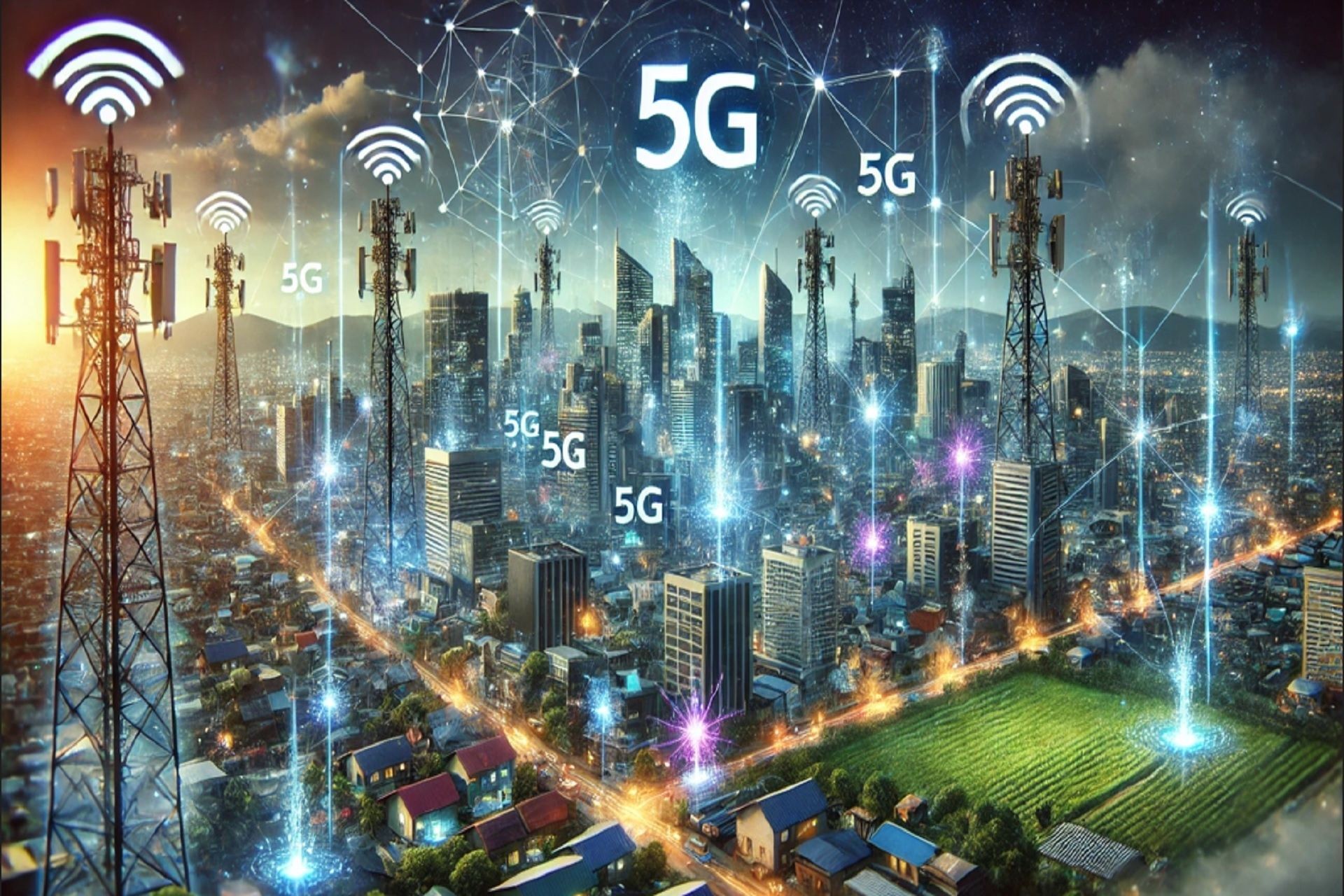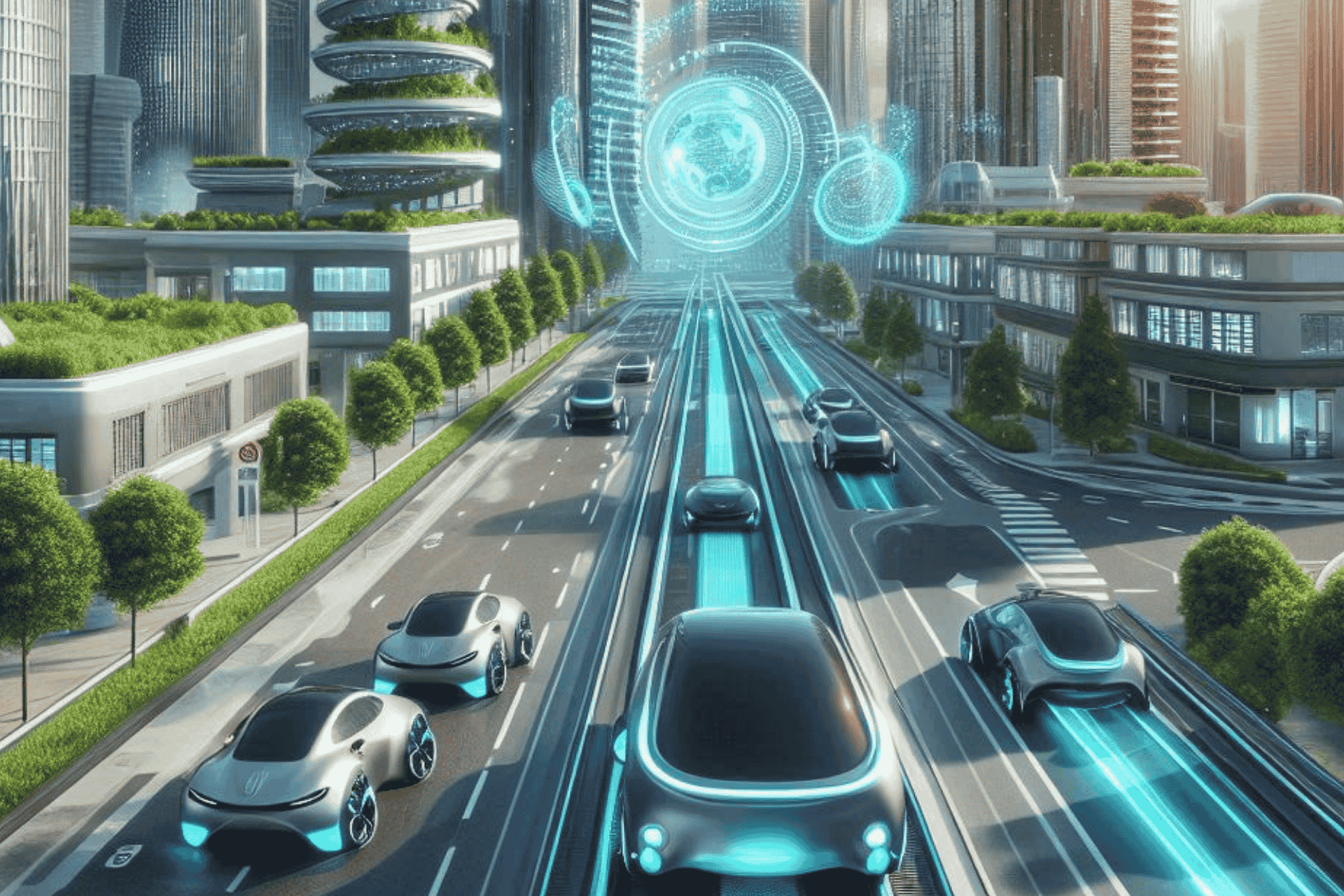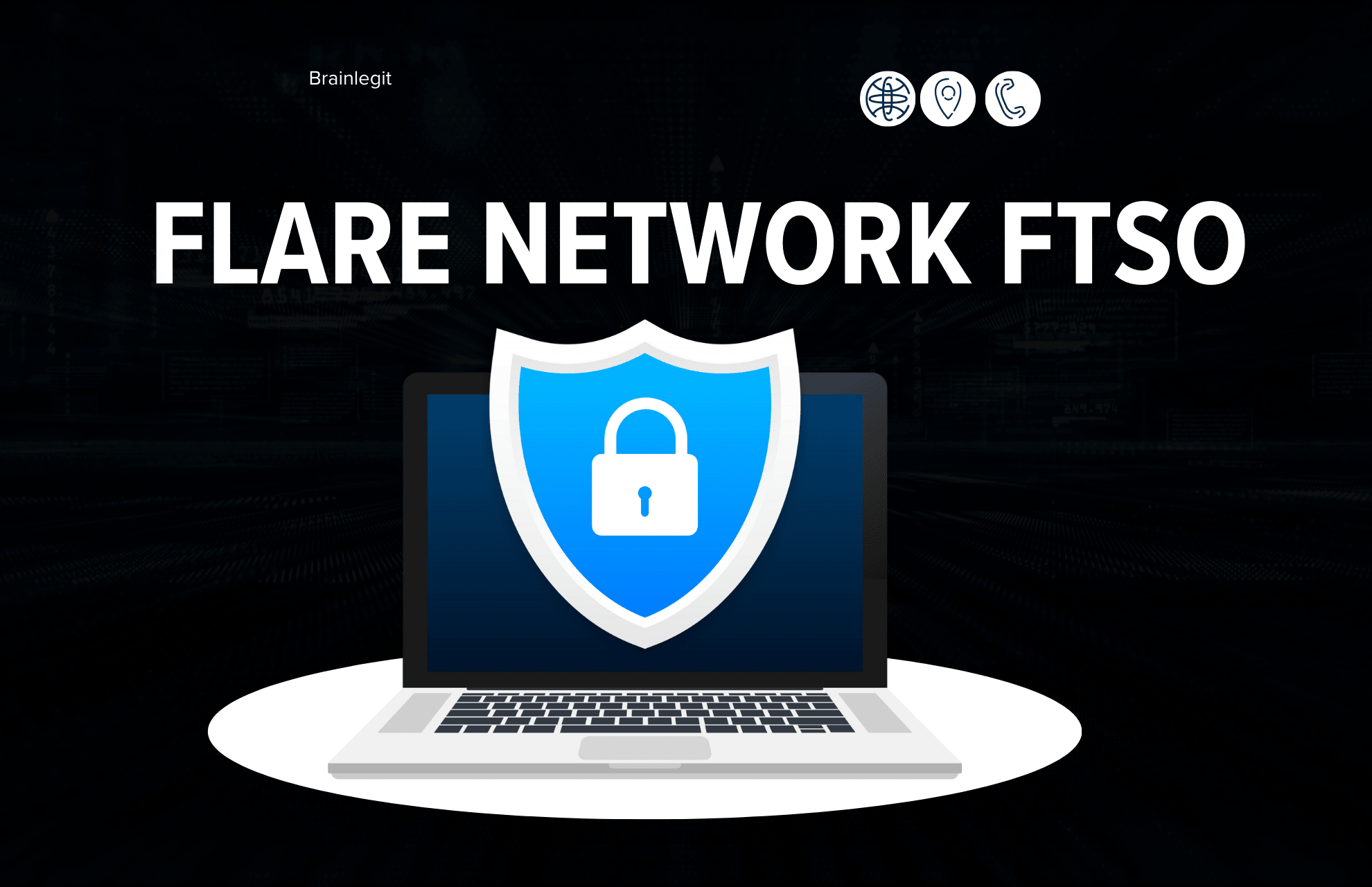The global rollout of 5G is steadily progressing, with significant advancements in various regions, but challenges remain as countries work to fully integrate this next-generation technology. As 5G networks promise ultra-fast internet speeds, lower latency, and the ability to connect millions of devices simultaneously, the potential for revolutionizing industries from telecommunications to healthcare is immense. However, the road to full implementation is not without its obstacles.
Progress So Far
Countries like South Korea, China, the U.S., and several European nations have made substantial progress in deploying 5G infrastructure. Telecom companies continue to invest billions in building the necessary network of towers, small cells, and fiber optic cables required to support 5G speeds. The increased bandwidth and efficiency have enabled real-time communication for applications like autonomous vehicles, smart cities, and advanced telemedicine.
Challenges and Barriers
Despite these advances, several challenges are slowing the pace of 5G deployment globally:
Regulatory Hurdles
Governments in various regions have different policies and regulations when it comes to spectrum allocation. This discrepancy creates delays, as telecom operators often need to navigate complex bureaucratic processes before receiving approval to use specific frequency bands.High Implementation Costs
Building a nationwide 5G network is an expensive venture. Telecom companies are grappling with the massive costs associated with infrastructure development. In rural and remote areas, the cost-benefit ratio is still a concern, as companies debate the financial viability of building out in low-density regions.Cybersecurity Concerns
As 5G expands, concerns over the security of the network infrastructure have emerged. Experts warn that 5G’s faster speeds and broader network capacity could potentially open new doors for cyberattacks. Governments and private sectors are working to address these risks by integrating more robust security measures, but the technology's sheer scale presents challenges in protecting data.Energy Consumption
The energy demand for 5G networks is substantially higher than its predecessors. While 5G promises faster speeds and increased connectivity, the technology requires more power to maintain those higher speeds and bandwidth, especially in densely populated urban areas. This has led to concerns about the environmental impact and sustainability of 5G as it scales up.
Future Outlook
Looking ahead, the 5G rollout is expected to continue gaining momentum as technology companies explore solutions to these challenges. Innovations in hybrid 5G and Wi-Fi networks could bridge the gap for regions struggling with infrastructure costs, while new regulatory frameworks may streamline the spectrum allocation process across nations. Industry leaders predict that by 2025, 5G will become much more widespread, bringing with it a host of opportunities for business, government, and consumers alike.
As the world embraces 5G, it remains to be seen how these challenges will be overcome, but the potential rewards of faster, more reliable connectivity are clear.









